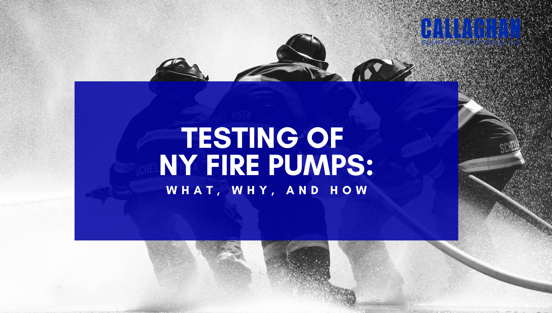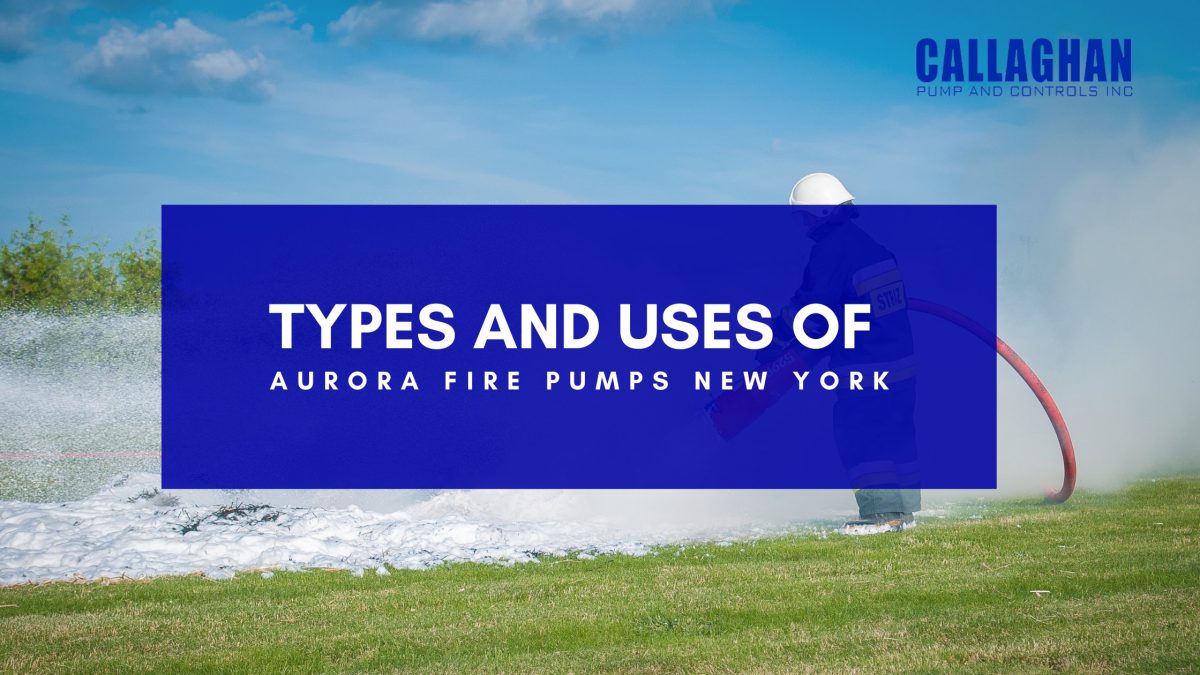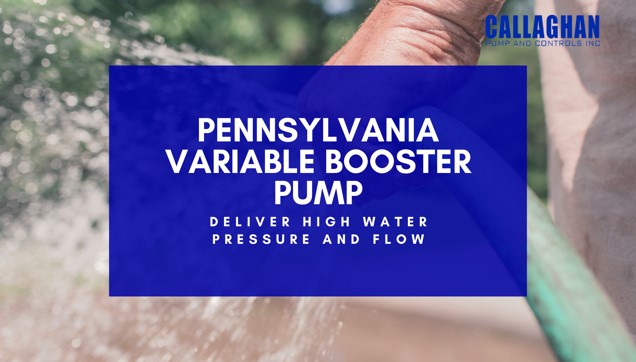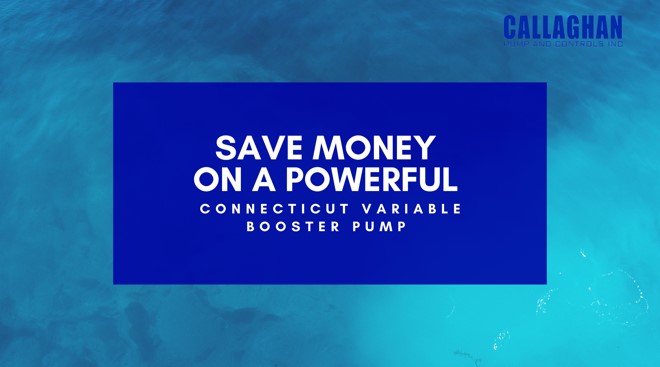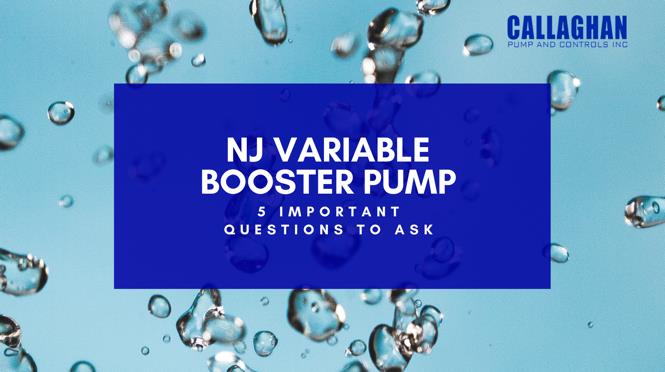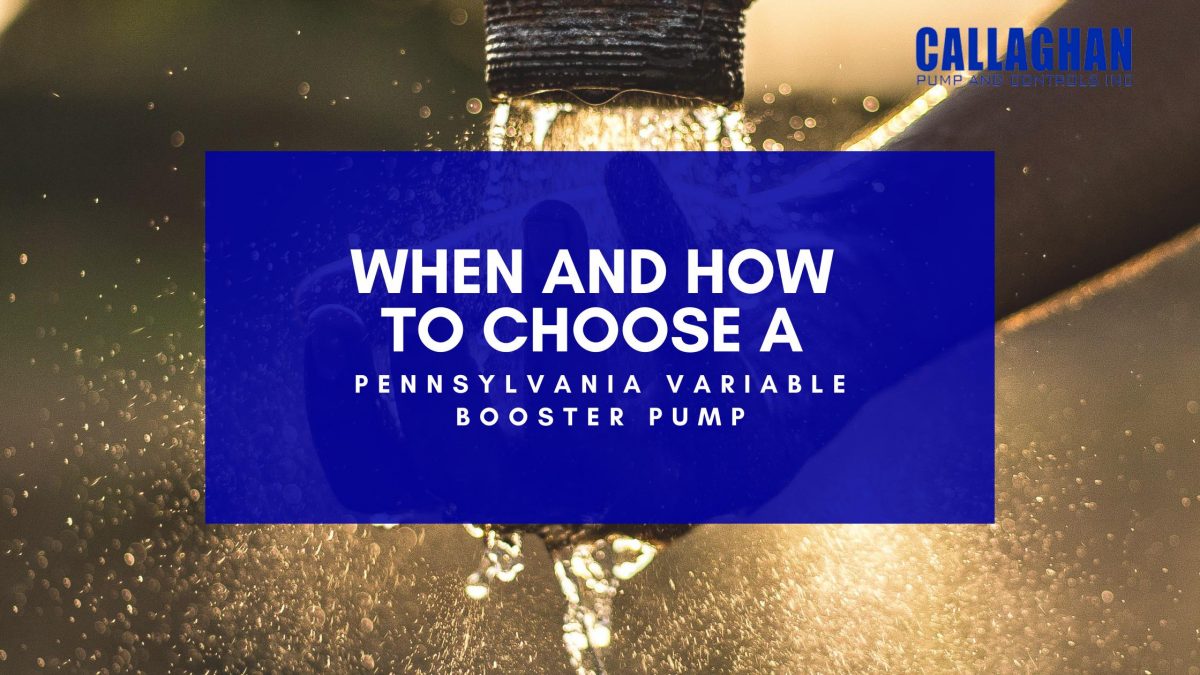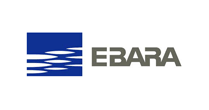Fire pumps – one of the key components of a fire protection system – are powered by electricity, diesel, or steam and are connected to either a static water source or the public water supply. These pumps are designed to automatically operate when water pressure drops in the fire protection system, helping to ensure that there is enough water pressure to secure your property against a fire.
A fire pump consists of several important parts, including sensing lines, controllers, and a jockey pump. They are what turn the pump on and off again. For instance, a jockey pump is installed to achieve a certain pressure in the pipelines when the pump is not in use.
What is a Jockey Pump?
Also known as a pressure-maintenance pump, a jockey pump is a small apparatus designed to maintain the water pressure when the system is not working. In other words, its purpose is to keep the water pressure in the pipes within a specific range when there’s no fire. The fire pump doesn’t need to run all the time as the jockey pump takes care of the water pressure. In addition to that, when the fire pump sends highly pressurized water through the pipelines, the sudden change in pressure can damage your fire protection system. That’s why a jockey pump is used to prevent the system from damages when water rushes into the pipes during a fire accident.
Why it’s Crucial to Test Your NY Fire Pump
Fire pumps are life-saving devices that supply the desired water pressure to fire sprinklers. Their crucial role in fire suppression means they should be serviced and inspected from time-to-time. So don’t get caught in an emergency just because your pump isn’t working. Perform regular inspections and tests to ensure your premise is protected from the threat of fire. Carry out an annual inspection with the help of a qualified professional.
How Often Should Your Fire Pump be Inspected?
According to NFPA 25, some fire pumping systems should limit their testing to just once per month. Diesel-powered fire pumps should be checked for at least 30 minutes each week, and electric fire pumps for at least 10 minutes each week. Inspections need to be carried out at established intervals (weekly, monthly, and annually) and should be documented to meet certification requirements. In fact, there are some mandatory inspections and tests to meet the NFPA 25 standards.
What Should be Done During a Fire Pump Inspection?
Depending on the use and type of your fire pump, you may need to inspect it on a weekly, monthly, or annual basis. It is important to keep in mind that your fire pump should perform at optimal levels. During a fire pump test, you should:
- Test the system suction and discharge pressure.
- Evaluate the system for noises, vibrations, and leaks.
- Check the components of the pump, such as packing glands, discharge valves, and gland nuts.
- Perform a thorough maintenance check for the hydraulic systems, transmission, and motor at your annual inspection.
- Test the fire pump alarm signals, pump operation, and low test.
At Callaghan Pump, we have years of experience and knowledge when it comes to distributing branded New York fire pumps. We have been working with several brands and engineering projects to supply only the best-quality fire pumping systems. Be it an industrial project, a commercial place, or a high-rise building, we know how to take care of your water boosting needs.
To inquire, feel free to get in touch with us.

